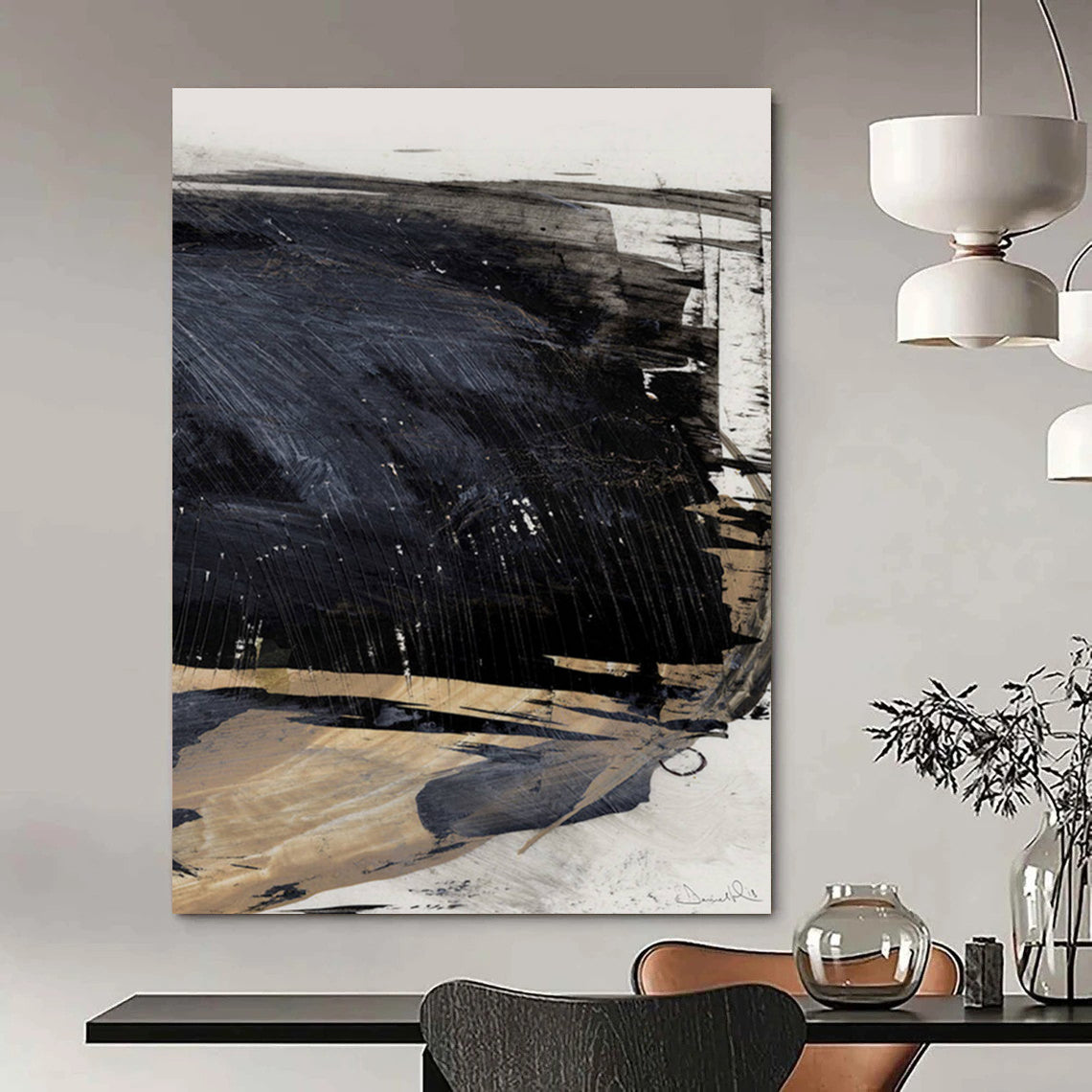Abstract wall art brings transformative energy to both homes and commercial spaces, blending emotion, innovation, and visual intrigue. Choosing a Abstract Wall Art piece means embracing color, movement, and interpretative expression—often becoming the focal point that anchors the surrounding décor. This article explores the modern evolution and enduring appeal of abstract wall art and its related themes, offering tips, artist highlights, and trends from leading authority blogs.
Unlocking the Essence of Abstract Wall Art
Abstract art redefines tradition by moving beyond realism, using shape, color, and texture to communicate powerful sensations and personal interpretation. Whether you gravitate toward sweeping strokes or geometric minimalism, this art form captures inner worlds and dynamic thoughts, making each piece a conversation starter.
If you’re curious about integrating these creative forms into your decor, the blog at My 100 Year Old Home offers a personal perspective on how abstract art can invigorate any style, sharing stories from hands-on projects and highlighting the emotional connections forged through bold, non-representational pieces.

Celebrated Masters and Iconic Abstract Art
Several renowned artists have shaped the language of abstract wall art:
Wassily Kandinsky: Widely considered a pioneer of abstract painting, Kandinsky’s compositions—filled with color and rhythm—invite viewers to experience art as a form of music.
Piet Mondrian: Known for bold geometric grids and primary colors, Mondrian’s style influenced modern architecture and design.
Georgia O’Keeffe: While best known for her florals, O’Keeffe’s later works explore abstraction through sweeping forms and vivid palettes.
Mark Rothko: Famed for expansive canvases filled with fields of color, Rothko’s work creates immersive, contemplative environments.
The gallery at Discover Abstract Artists highlights contemporary voices and offers insights into the creative process and evolving landscape of abstract art, helping you discover new artists and styles to fit your taste.
Trends and Inspiration in Abstract Wall Art
Abstract wall art is as versatile as it is bold. Leading trends for 2025 include:
-
Geometric Patterns: Precise lines and structured shapes for a harmonious, modern look.
-
Nature-Inspired Abstractions: Works evoking organic forms, earthy textures, and calming tones are ideal for living and dining areas.
-
Minimalist Compositions: Clean lines and restrained palettes create serene, uncluttered spaces perfect for contemporary interiors.
-
3D and Sculptural Abstract Art: Pieces integrating layers and mixed media bring dynamic texture to your walls.
-
Interactive and Digital Art: Innovative works that engage viewers directly through movement, light, or sound.
For an in-depth look at integrating these trends into your home or office, see Giant Sculptures’ forecast on 2025 abstract art trends and AbstractHouse.com’s trend guide, which both detail techniques, materials, and interior styling tips.
The Role of Abstract Wall Art in Modern Interiors
Abstract wall art acts as both visual anchor and mood catalyst in contemporary design. Whether used as a statement piece above the mantel or as a collection across a gallery wall, these artworks bring texture and dimension to minimalist and vibrant spaces alike.
Creating focal points with large-scale artworks or pairs of complementary pieces can ground a room and enhance architectural features. Layering with mixed media such as canvas, wood, or metal artworks introduces a tactile quality. Playing with color using bold abstracts injects energy, while subtle, monochromatic tones foster calm and cohesion.
For actionable ideas on updating your décor, the blog at Alessia Sersanti Art explains how abstract art can elevate the ambiance of modern interiors.
Gallery of Abstract Wall Art Styles
| Artist | Signature Style | Famous Work | Artistic Impact |
|---|---|---|---|
| Wassily Kandinsky | Lyrical, colorful | “Composition VII” | Rhythm & emotion |
| Mark Rothko | Color field abstraction | “Orange, Red, Yellow” | Immersive calm |
| Georgia O’Keeffe | Organic abstraction | “Sky Above Clouds IV” | Nature's essence |
| Piet Mondrian | Geometric abstraction | “Broadway Boogie Woogie” | Modern minimalism |
Collecting and Caring for Abstract Wall Art
Curating your own collection means deciding how pieces interact with your personal environment. Modern collectors are drawn not just to aesthetics, but to art as an investment, with blogs like Roy Awbery’s Fine Art Insights explaining why high-end abstract works hold enduring value. Large-format abstractions and unique mixed media pieces are considered wise additions to both contemporary homes and corporate settings.
To keep your artwork vibrant, avoid direct sunlight and consider archival framing and proper humidity control.
FAQ
How do I know which abstract wall art suits my space best?
Consider your space’s existing color palette, lighting, and desired emotional tone. Larger, bolder works create energy and focus, while smaller, softer pieces cultivate serenity.
Are there abstract styles for traditional homes?
Yes. Abstract art can complement both classic and modern interiors. Try subtle, color-coordinated works or pieces that echo existing patterns in rugs or textiles.
Is abstract art only for large walls?
Not at all. Abstract prints and smaller canvases can enliven corners, entryways, or be grouped in salon-style arrangements for a curated effect.
What’s the best way to mix abstract with other art?
Start with a dominant color or theme, then blend in various media and frame styles. Abstract art can bridge disparate styles and eras for an eclectic, collected look.
Where can I learn more about abstract wall art?
Explore personal journeys in creation at My 100 Year Old Home, practical guides at Art Cosmo, and artist interviews plus market trends at Awbery Art.
By selecting Abstract Wall Art or related styles, you invite sophistication, creative vitality, and timeless presence into your space. Let abstract art be both your sanctuary and your statement.

